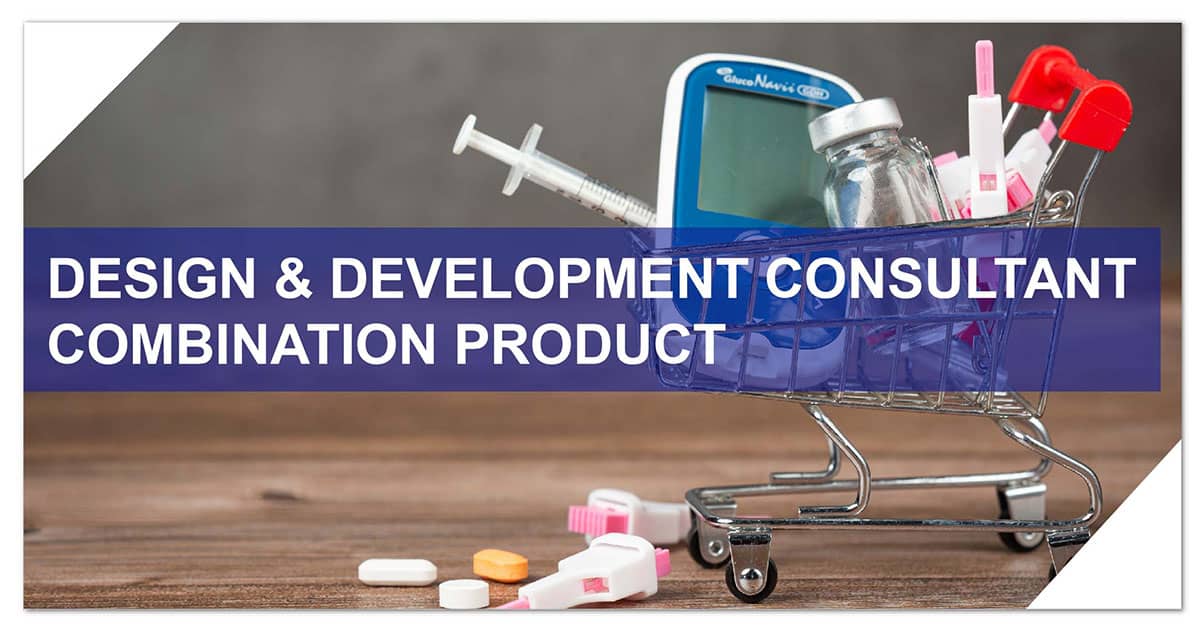Drug Device Combination Product Consultant in Brazil
Expert Consultation for Drug-Device Combination Products
At Operon Strategist, we provide specialized consultancy for drug device combination products, helping manufacturers navigate complex regulatory requirements and streamline project execution. Our team offers end-to-end support including risk management, design control, CAPA management, and compliance with EU MDR, ANVISA, and FDA regulations, tailored to the specific needs of your product. With our guidance, you can confidently enter local and global markets while ensuring product safety and efficacy.
What Are Drug-Device Combination Products?
Drug-device combination products are innovative healthcare solutions that combine a drug, device, biologic, or a mix of these components into a single product or system. Defined under 21 CFR 3.2(e), these products deliver therapeutic or diagnostic functions, improving treatment effectiveness and patient outcomes. Common examples include:
- Prefilled syringes
- Drug-eluting stents
- Dry powder inhalers
- Pen injectors for prefilled cartridges
These products are expanding into nutraceuticals and cosmeceuticals, highlighting the growing complexity and innovation in combination products.

Drug Device Combination Product Development & Design Control
Developing a drug device combination product requires compliance with 21 CFR Part 210/211 (drugs), 21 CFR Part 820 (devices), and ISO 13485:2016 standards. Key steps include:
Establishing Design History Files (DHF)
Creating Device Master Records (DMR) and Device History Records (DHR)
Implementing robust Design Control procedures
Performing Design Verification and Validation
Managing Corrective and Preventive Actions (CAPA)
A properly controlled design process ensures safety, regulatory compliance, and reliable product performance. Many quality issues and FDA 483 observations are linked to inadequate design and development control, highlighting the importance of professional guidance.
Let's Grow Your Business Together
Types of Drug-Device Combination Products
The FDA classifies combination products into three main types:
Single-Entity Products: Integrated drug and device in one unit (e.g., prefilled syringes, drug-eluting stents).
Co-Packaged Products: Drug and device packaged together for combined use (e.g., vaccine vial with syringe).
Cross-Labeled Products: Separately packaged components intended for joint use, with combined labeling instructions (e.g., a drug with a dedicated infusion pump).
Drug-Device Combination (DDC) Products for CE Marking
Integral Drug-Device Combination Products (DDCs)
Integral DDCs are products where the drug and device are physically combined into a single unit, not meant to be separated by the end user. These systems are designed and manufactured to function as a unified solution for precise drug delivery.
Examples of integral DDC devices include:
- Droppers on eye drop containers or spray can mouthpieces
- Single-dose prefilled syringes, pens, and injectors
- Multi-dose pens with non-replaceable cartridges
- Drug-releasing intrauterine devices with pre-assembled applicators
- Dry powder inhalers ready for single or multiple doses
- Implants designed to release medicinal products
Non-Integral Drug-Device Combination Products
Non-integral DDCs consist of separable components, such as a drug and a device, that are co-packaged or cross-labeled for joint use. While the components work together, they are not physically combined and may be reusable or refillable.
Examples of non-integral DDC devices include:
- Oral administration devices (cups, spoons, syringes)
- Injection and filter needles
- Refillable pens and injectors
- Reusable dry powder inhalers and inhalation spacers
- Medicinal product delivery pumps
- Electronic tablet dispensers
Design Control & CAPA Management for Combination Products
To ensure safety, effectiveness, and regulatory compliance, manufacturers of drug device combination products must implement:
- Design control procedures: Define inputs, outputs, verification, validation, and design transfer to production.
- Corrective and Preventive Action (CAPA): Systematically identify, correct, and prevent quality issues throughout the product lifecycle.
These processes ensure that combination products meet user needs, regulatory requirements, and reproducible manufacturing standards. All design activities should be properly documented in the Design History File (DHF).
Ready to bring your drug-device combination product to market?
Why Choose Operon Strategist?
Operon Strategist provides expert consulting for drug device combination products in Brazil and globally. Our services include:
- Regulatory compliance with 21 CFR Part 820, Part 210/211 and Part 4
- End-to-end design control implementation
- CAPA management and QMS support
- Guidance for CE marking, FDA, and ANVISA approvals
With our experience and structured methodology, we help manufacturers develop safe, effective, and compliant combination products while ensuring smooth market entry.
FAQ's
What is a drug-device combination product?
It integrates two or more regulated components, such as a drug and a medical device, into a single system. Examples include pre-filled syringes, drug-eluting stents, and inhalers.
Are combination products regulated differently from drugs or devices?
Yes, they must comply with both drug (21 CFR Part 210/211) and device (21 CFR Part 820) regulations depending on the primary mode of action.
What documentation is required?
Design History File (DHF), Device Master Record (DMR), Device History Record (DHR), and the Medical Device File per ISO 13485:2016.
What is CAPA management?
CAPA ensures defects or process deviations are identified, corrected, and prevented, maintaining compliance and quality.
How does Operon Strategist help manufacturers in Brazil?
We provide expert consulting on registration, design control, CAPA management, QMS implementation, and regulatory compliance for drug-device combination products.
